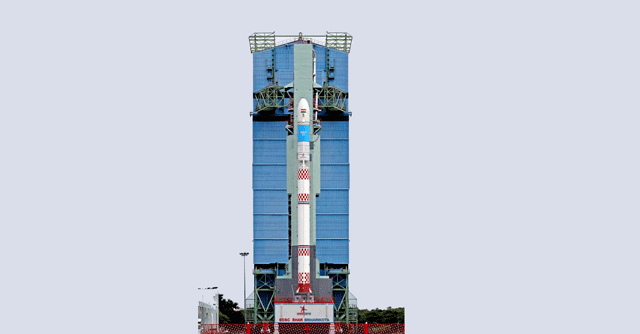
ISRO's SSLV fails to deploy satellites in maiden flight


A sensor failure aboard Indian Space Research Organisation (ISRO)’s maiden small satellite launch vehicle (SSLV) flight led to the failure of its first mission on Sunday. The mission was critical for India's national space agency, as the SSLV is expected to take load off larger rockets like the Polar Satellite Launch Vehicle (PSLV) and allow India to pitch for a bigger share of the global space market.
“All the first three stages of the vehicle performed as expected. However, the SSLV-D1 placed the satellites into 356 km x 76 km elliptical orbit, which is the lowest orbit and is not stable due to the Earth’s attraction force, due to which the satellites could not stay in orbit and have already crashed. As a result, they are no longer usable,” S. Somanath, chairman, ISRO, said in a statement.
The agency is yet to announce its verdict of the mission. Somanath said ISRO is still evaluating data from SSLV.

The SSLV took off from the Satish Dhawan Space Centre in Sriharikota, Andhra Pradesh, in the morning to deploy two small satellites—the Earth Observation Satellite (EOS)-02, and AzaadiSAT, in a low-earth orbit of about 365 km above the equator. AzaadiSAT was built as part of a government outreach programme to promote science, technology, engineering and mathematics (STEM) among women, and 75 students from across India participated in the programme.
EOS-02 was to relay ground imagery data via its high-resolution remote sensing imaging equipment, primarily for disaster management, hydrology, agriculture, forestry among other tasks.
"A committee would analyse and recommend. With the implementation of the recommendations, ISRO will come back soon with SSLV-D2," the agency said in a tweet.

The SSLV-D1 mission’s payload included the Indian government’s experimental remote sensing satellite, the Earth Observation Satellite (EOS)-02, and a student satellite, called AzaadiSAT. The latter was built as part of a government outreach program, and is said to include contributions from 75 female students from across the country to promote Science, Technology, Engineering and Mathematics (STEM) careers among women.
EOS-02, meanwhile, was supposed to reside in a low-Earth orbit and relay ground imagery data through its high resolution remote sensing imaging equipment — to be used for disaster management, forestry, hydrology, agriculture and other tasks.
The SSLV is India’s official foray into the commercial small satellite launch market around the world. While ISRO’s PSLV has so far catered to most of India’s space launches so far, the SSLV is expected to become the frequent launch vehicle of choice. According to ex-ISRO chairman K. Sivan, the small rocket takes 72 hours to be assembled — in comparison to the 70-day assembly window that was required for the PSLV.

The rocket is expected to be operated by New Space India Limited (NSIL), India’s commercial space operations arm, and compete with the likes of US-based private space companies such as SpaceX and Rocket Lab to make frequent launches. Due to PSLV’s long turnaround time, the rocket was not ideal for scaling up satellite launch operations. The SSLV is expected to help resolve this, and come closer to the scale that has been achieved by SpaceX.
For reference, SpaceX’s reusable Falcon 9 rocket has conducted a total of 36 launches this year alone — including its Crew Dragon missions that it undertook for USA’s central space agency, the National Aeronautics and Space Administration (NASA). In comparison, ISRO has undertaken two PSLV launches this year so far.
Last month, union minister of state for science and technology, Jitendra Singh, told the Parliament that ISRO has so far undertaken 345 commercial satellite launches for vendors from across 34 countries — a figure that the SSLV is expected to help boost.

